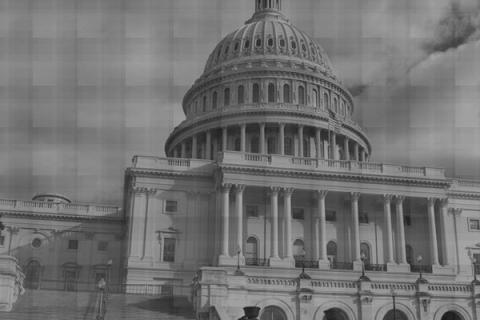The California Air Resources Board has proposed major changes in regulating vehicle emissions in hopes of improving California's air quality, which is the worst in the nation. The plan combines four sets of standards into the Advanced Clean Cars program. The changes would be sweeping and all-inclusive. By 2025, auto manufacturers doing business in California must have 15.4% Zero Emission Vehicles in their fleets, and there will be stringent new controls on all passenger car and light truck emissions. It will also increase the number of alt-fuel outlets in California, adding fueling stations for CNG, hydrogen, methanol, and ethanol.
California certainly needs clean air. A cleantech economy will make the state far less dependent on oil imports, which often come from unstable if not outright unfriendly countries. But there are troubling aspects here. California is trying to mandate something which may not be amenable to that. Plus, all those new electric vehicles will require much more electricity. Not only does California not have that capacity, much of its generated power is not clean at all.
If enacted, the new CARB rules will mandate 1.4 million ZEVs (15.4%) on California roads by 2025. It's important to note this is not a request but rather, a mandate. There's a disconnect here. CARB is assuming if they tell auto manufacturers that 15.4% of their cars for sale in the state must be ZEVs that the cars will automatically be purchased by Californians. CARB tried a similar plan starting in 1990, mandating the numbers of EVs on the road, and after lowering their goals drastically over the years, virtually gave up in 2008. 'If we mandate it be built, they will come', is what CARB is saying. But that didn't work before and there's no reason to think it will work now.
A Sacramento Bee op-ed cheerily notes that these new rules will result in lower cost for Californians as the air quality improves because of "less-expensive clean fuels" like natural gas and electric cars. Natural gas is a clean fuel? It may burn cleaner than gasoline but is still manufactured at stinky refineries. Hydrogen, which is used in fuel cell cars, also has to be refined. It is certainly better than petroleum but does have a carbon footprint.
Most of all though, and this is the hidden 800 lb. gorilla, CARB calls for huge amounts of electric cars. But where will the power come from? These electric vehicles will have to be recharged daily, creating a surge in new demand on the grid, which is already in need of a major upgrade.
While California is certainly working towards getting more renewable energy, the ugly truth is that much of its power comes from dirty energy like coal plants, which are located out-of-state, often on Indian land. California piously and hypocritically bans coal within its borders but has no trouble using coal generated elsewhere.
By 2020, California has mandated that 33% of its power be renewable, which means 67% will still be dirty energy. So, is charging your electric vehicle at night using power generated from dirty power plants really that much of an improvement? Vastly more power will be needed to charge these EVs. Right now, it's not clear where the power will come from or if it will be clean.

